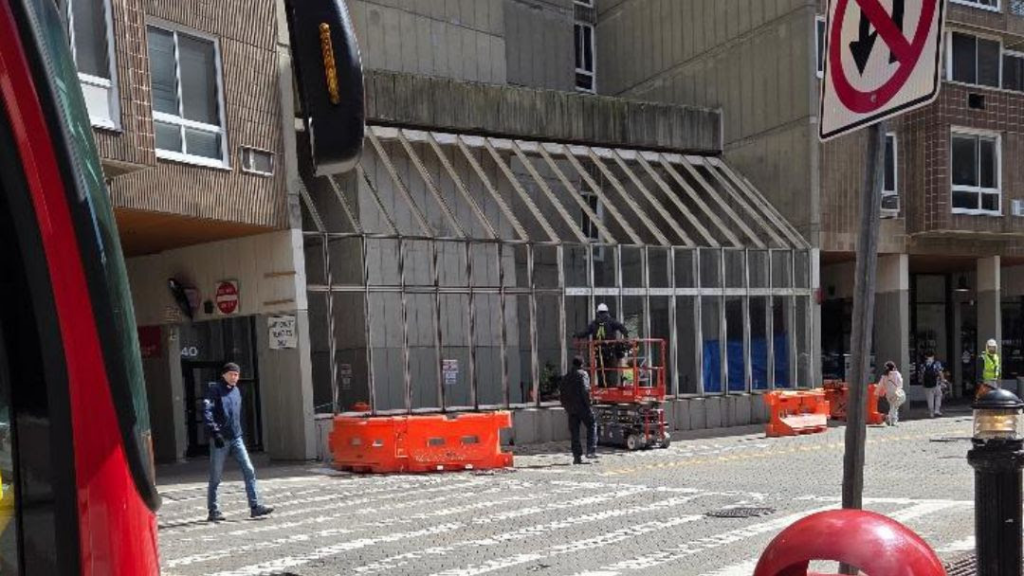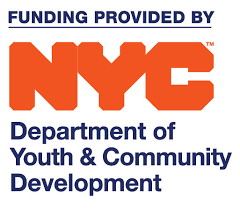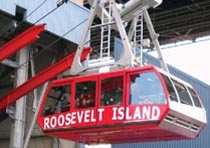Wednesday, April 9, 2025 – ARTS AND LITERATURE THRIVE UPTOWN AT AUDUBON TERRACE


Exclusive Gilded Age Arts Society Debuts New Public Exhibits in NYC
The American Academy of Arts and Letters, a venerable New York cultural institution, is a portal to art across time!
Wednesday, April 9, 2025
Untapped New York
ISSUE #1420

Jeff Reuben
The American Academy of Arts and Letters, an organization with a storied history, is now reintroducing itself to the New York City cultural scene as one of Manhattan’s newest art museums.
Based in multiple monumental buildings at the Audubon Terrace Cultural Complex in Washington Heights, visitors are greeted by the following words above one of its entryways: “By the gates of art we enter the temple of happiness.” While this sounds excessively earnest and prescriptive today, it reflects a belief in the power of the arts that still finds resonance in our times.

Arts and Letters, as it is known informally, dates back to 1898, when a predecessor organization called the National Institute of Arts and Letters was founded for the “advancement of art and literature.” The non-profit organization is an honor society with a membership capped at 300 individuals distinguished in the fields of architecture, art, literature, and music. Current members include Robert Caro, Jhumpa Lahiri, and Wynton Marsalis, while those from the past include Mark Twain, Helen Keller, and IM Pei. It also has a long history of bestowing awards for artistic achievement to non-members.

Over the years, the organization has hosted exhibitions and events, but it had not offered year-round programming for the public since before World War II. That changed in September 2024, when, following a series of building renovations, several temporary exhibitions opened across 10,000 square feet of gallery space.
This new chapter for Arts and Letters is led by Chief Curator Jenny Jaskey. “We’re excited to connect to the history of Arts and Letters as a place that brings people together and creates new opportunities for interdisciplinary collaboration,” Jaskey noted. Billie Tsien, architect and board member, added, “Arts and Letters has a rare opportunity to not only offer extraordinary landmark buildings to artists in a city where space is a precious resource but to share this space with the public.”

Currently, four temporary exhibitions are on display until July 3, 2025. The newest of these is “Twenty Minutes to Sunset” by Teresa Baker, which opened in April. The artist’s work juxtaposes unexpected materials—astroturf and acrylic yarn stitched alongside willow and buckskin—in abstract landscapes to convey the embodied experience and sense memory of places. Baker will give a gallery talk this Sunday, April 13, 2025, at 4 PM.

Other current exhibitions include “Aviary,” a site-specific sonic commission by Raven Chacon, “Kosmic Music,” an installation by Wadada Leo Smith exploring 50 years of his work on a musical language called Ankhrasmation, and “The World Is Always Again Beginning, History With The Present” featuring photographs from the archive of Bronx native Elle Pérez, intended “to speak to the future, to say we were alive.”
The galleries are open Thursday to Sunday, from noon to 6 PM, and admission is free. A visit to Arts and Letters can be combined with a stop to the nearby Hispanic Society Museum and Library which is also free. These buildings can be accessed from Broadway between West 155th and West 156th Streets, just a block from the 157th Street subway station served by the 1 train.

In 1923, Arts and Letters moved to what is now known as its South Building, which was designed by architect William Mitchell Kendall of the legendary firm McKim, Mead, and White. Kendall took design cues from Audubon Terrace’s earlier buildings, which were primarily the work of Charles Pratt Huntington, including the building to the east, the American Numismatic Society, completed in 1907.

A second Arts and Letters building by Cass Gilbert, architect of the Woolworth Building, was completed in 1930, and its exterior was a copy of the earlier design, with the two buildings facing each other across the complex’s pedestrian plaza. Arts and Letters acquired and expanded into the American Numismatic Society building as an annex in 2005, after the original occupant relocated to Lower Manhattan. That building includes a 1930 extension by architect H. Brooks Price.

Kendall and Gilbert were both Arts and Letters members. Their buildings were embellished by others, most prominently in the doors and entryways. In 1930, when Gilbert’s building was completed, it included doors with bas-reliefs by sculptor Herbert Adams. To maintain symmetry with the 1923 Kendall building, Adams created a similar set for that building, too. The doors feature allegorical representations of inspiration, drama, painting, sculpture, poetry, music, arts, and letters.

These were followed by another sculpted entryway with doors for the Kendall building’s West 155th Street entrance, added in 1938. It features an allegory dedicated to “the Memory of Mary E. Wilkins Freeman and the Women Writers of America” created by Adolph A. Weinman, the sculptor of the Penn Station eagles. This entryway was a donation by Archer M. Huntington, heir to a railroad fortune, who provided much of the funding for the Audubon Terrace complex.

The studio of classical music composer Charles Ives, another Arts and Letters member, was relocated from his Connecticut home to the annex building as a permanent installation in 2014. Ives is one of several members, including artist Jacob Lawrence, who provided the organization with significant financial support.

The studio of classical music composer Charles Ives, another Arts and Letters member, was relocated from his Connecticut home to the annex building as a permanent installation in 2014. Ives is one of several members, including artist Jacob Lawrence, who provided the organization with significant financial support.

When Arts and Letters opened its first building in 1923, one of its board members, Hamlin Garland, suggested that its motto could be: “To conserve the best of the past, to promote the best of the present, and to assure the best of the future.”Artistic taste has changed considerably since these buildings were constructed, as demonstrated by the contrast between the buildings’ architectural style and the current exhibitions. However, if one looks for it, there is a through-line that connects them, namely the continuing relevance of artistic expression for artist and audience alike.
PHOTOS OF THE DAY
THE DEMOLITION OF THE SYMBOLIC
GLASS ATRIUM OF THE 540 EASTWOOD BUILDING
C&C MANAGEMENT IS DESTROYING THE SYMBOLIC
FACADE WITH NO COMMENT OR INPUT FROM
THE PRESEVATION WORLD OR THE COMMUNITY.

CREDITS
UNTAPPED NEW YORK
All image are copyrighted (c) Roosevelt Island Historical Society unless otherwise indicated
THIS PUBLICATION FUNDED BY DISCRETIONARY FUNDS FROM CITY COUNCIL MEMBER JULIE MENIN & ROOSEVELT ISLAND OPERATING CORPORATION PUBLIC PURPOSE FUNDS.


Copyright © 2024 Roosevelt Island Historical Society, All rights reserved.Our mailing address is:
rooseveltislandhistory@gmail.com

Leave a comment